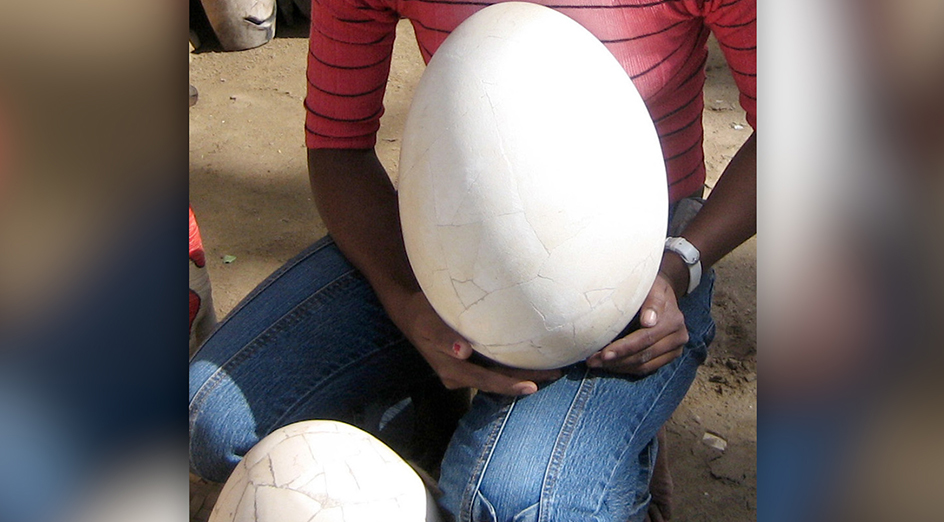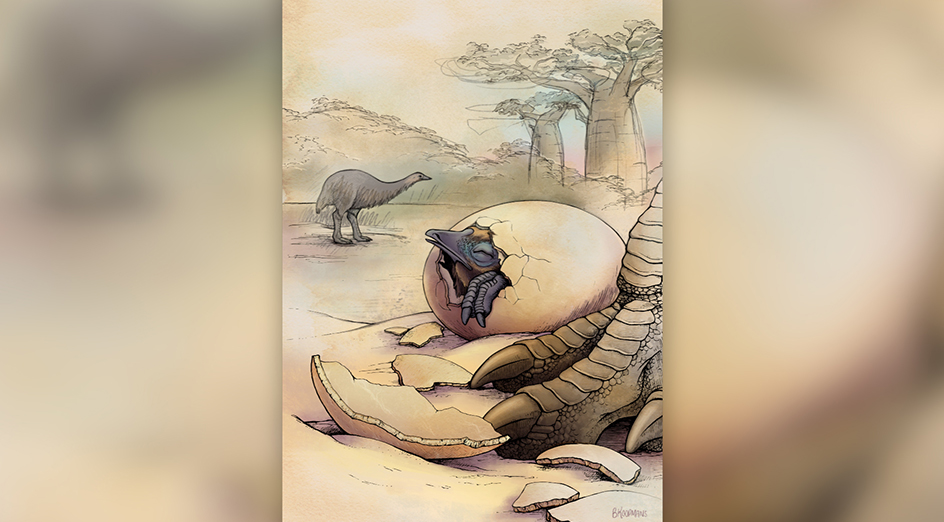Imaging experts at The University of Western Australia are part of an international research team that has uncovered new insights into the ecology and evolution of Madagascar’s extinct elephant birds.
“Eggshell hasn’t been imaged like this before and each sample required special optimisation and considerable time and expertise to get a clear high-resolution image.”
-UWA Research Officer Diana Patalwala
The flightless giants – the largest birds to ever have lived – have long been a subject of controversy and debate due to gaps in the fossil records and poor preservation of skeletons.
However, new Curtin University-led research published today in Nature Communications delivers a more comprehensive understanding of the elephant bird based on a molecular analysis of 1000-year-old fossil eggshells found across Madagascar.
More than 960 eggshell fragments were collected from 291 different locations across the country. Twenty-two representative samples were then sent to the National Imaging Facility’s WA Node, which is located at UWA’s Centre for Microscopy Characterisation and Analysis.


Senior Research Officer Diana Patalwala said carrying out porosity measurements of the delicate eggshell fragments presented novel challenges for her team.
“Eggshell hasn’t been imaged like this before and each sample required special optimisation and considerable time and expertise to get a clear high-resolution image,” Ms Patalwala said.
“Our high-resolution microCT scanner is primarily used by medical researchers to image small animals and tissue, so using it to image fossil eggshell was a nice way to demonstrate its diverse capability.”


Lead study author Dr Alicia Grealy, from Curtin University, said using UWA’s imaging facilities and expertise was a logical choice and continued a long history of collaboration in this field.
The imaging provided by UWA helped the study’s research team to uncover new insights into the evolution of the elephant bird, most notably that not as many species existed as previously thought and also that the bird must have also lived in far north Madagascar where no skeletons have ever been found.
The Queensland University of Technology also contributed to the global study, joining research teams from across America and Europe.





































